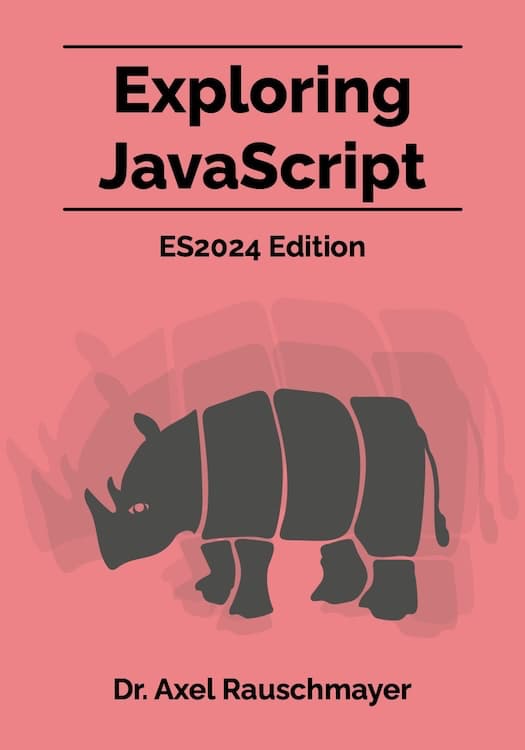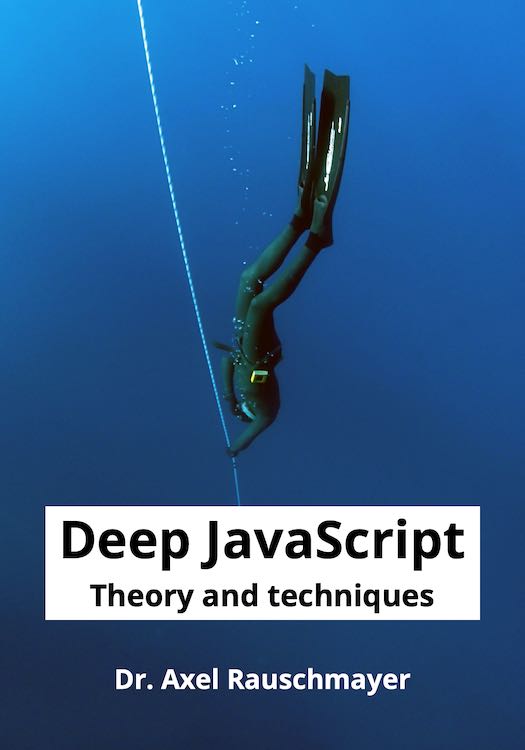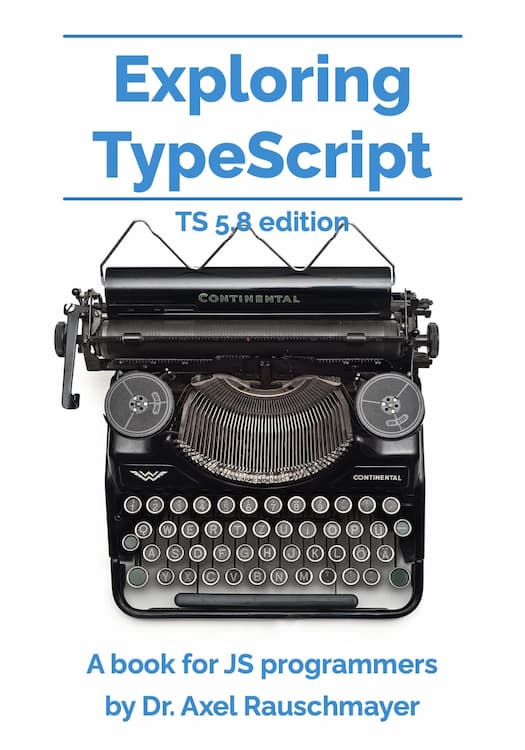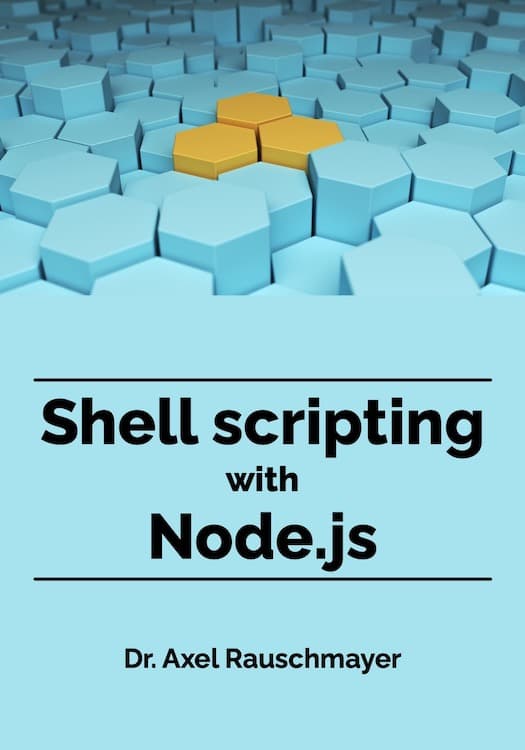2019-04
The new ECMAScript module support in Node.js 12
Node.js 12 (which was released on 2019-04-23) brings improved support for ECMAScript modules. It implements phase 2 of the plan that was released late last year. For now, this support is available behind the usual flag --experimental-modules.
Read on to find out how exactly this new support for ECMAScript modules works.
Brief spoiler: The filename extension .mjs will be more convenient, but .js can also be enabled for ES modules.
2019-01
ES2019: JSON superset
The proposal “JSON superset” (by Richard Gibson) is at stage 4 and therefore part of ECMAScript 2019. This blog post explains how it works.
ES2019: String.prototype.trimStart / String.prototype.trimEnd
The proposal “String.prototype.trimStart / String.prototype.trimEnd” (by Sebastian Markbåge) is at stage 4 and therefore part of ECMAScript 2019. This blog post explains how it works.
ES2019: Symbol.prototype.description
The proposal “Symbol.prototype.description” (by Michael Ficarra) is at stage 4 and therefore part of ECMAScript 2019. This blog post explains how it works.
ES2019: Well-formed JSON.stringify
The proposal “Well-formed JSON.stringify” (by Richard Gibson) is at stage 4 and therefore part of ECMAScript 2019. This blog post explains how it works.
ES2019: Object.fromEntries()
The proposal “Object.fromEntries” (by Darien Maillet Valentine, Jordan Harband and Kevin Gibbons) is at stage 4 and therefore part of ECMAScript 2019. This blog post explains how it works.
Future JavaScript: what is still missing?
In recent years, JavaScript has grown considerably in size. This blog post explores what’s still missing.
2018-12
Creating and filling Arrays of arbitrary lengths in JavaScript
The best way of creating an Array, is via a literal:
const arr = [0,0,0];
Alas, that isn’t always an option, e.g. when creating large Arrays. This blog post examines what to do in those cases.
ECMAScript modules in Node.js: the new plan
Status of ECMAScript module (ESM) support in Node.js:
- Experimental support for ESM was added in Node.js 8.5.0 (2017-09-12).
- Afterwards, the Node.js Foundation Technical Steering Committee formed the Modules Team to help design missing pieces and to guide the implementation towards its (non-experimental) release. The Modules Team is comprised of people from several different web development areas (frontend, backend, JS engines, etc.).
In October, the Modules Team published the document “Plan for New Modules Implementation”. This blog post explains what it contains.
2018-08
Behind the scenes of my latest book on JavaScript
This blog post takes you behind the scenes of my latest book, “JavaScript for impatient programmers” (which I’ll occasionally abbreviate as “Impatient JS”). It describes:
- How I chose what to write about.
- My techniques for explaining topics.
- Tools I used for creating ebooks and other artifacts.
- How I unit-tested the code shown in the book and in its quizzes.





